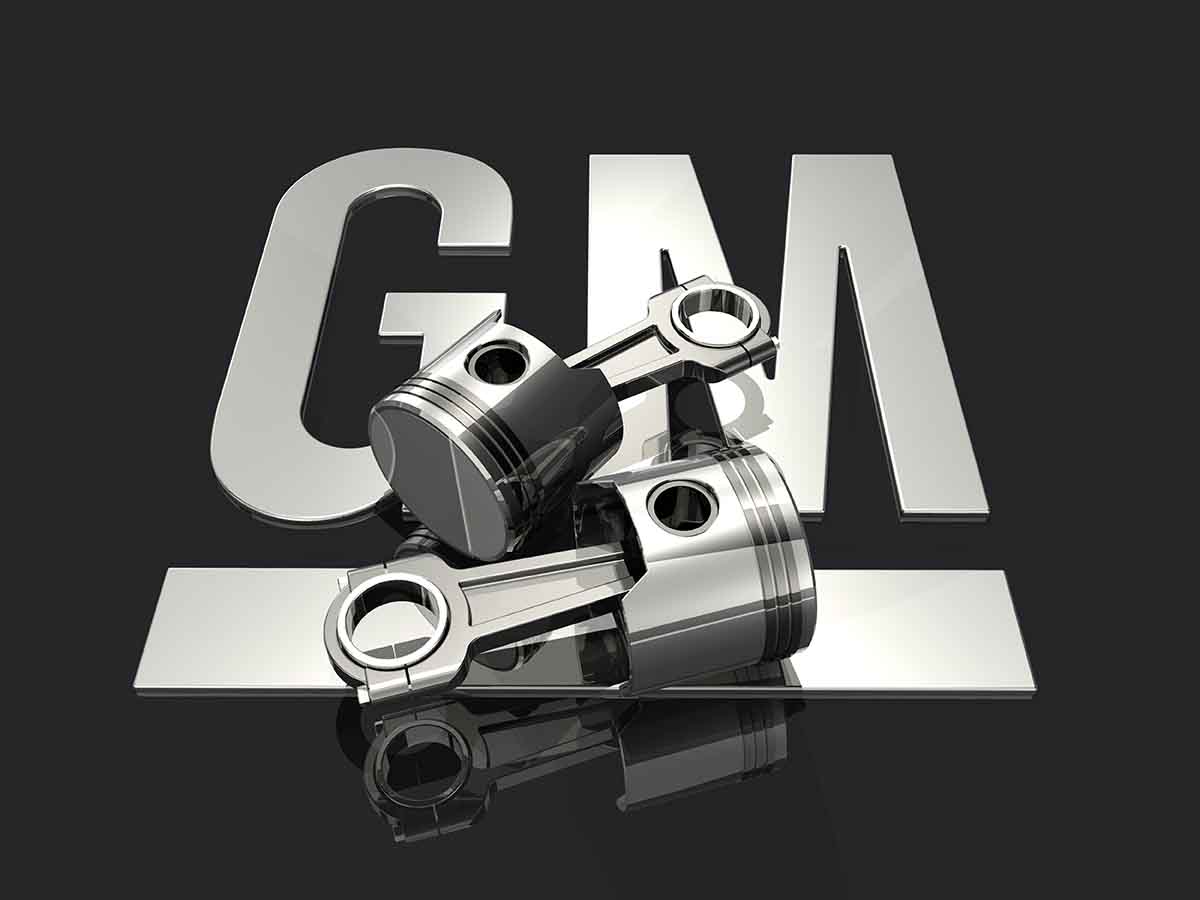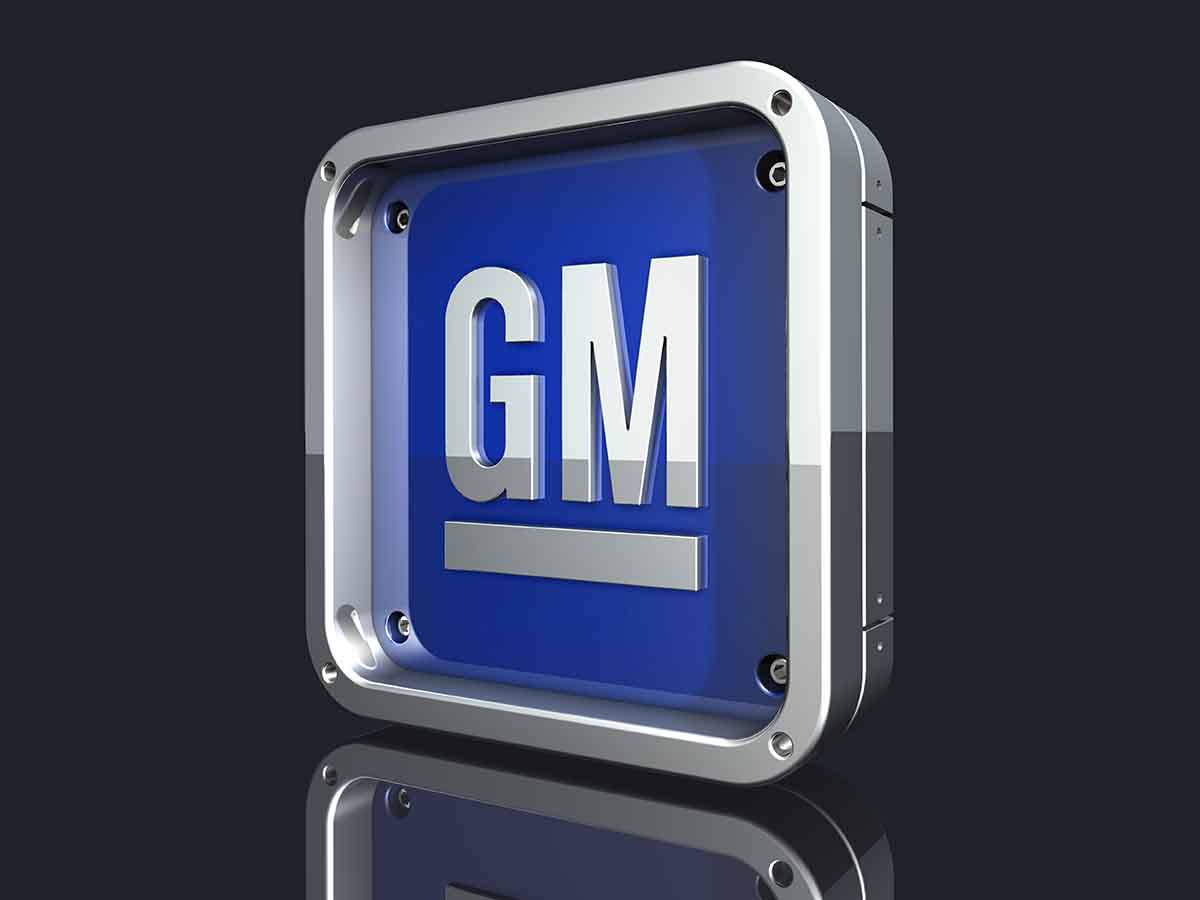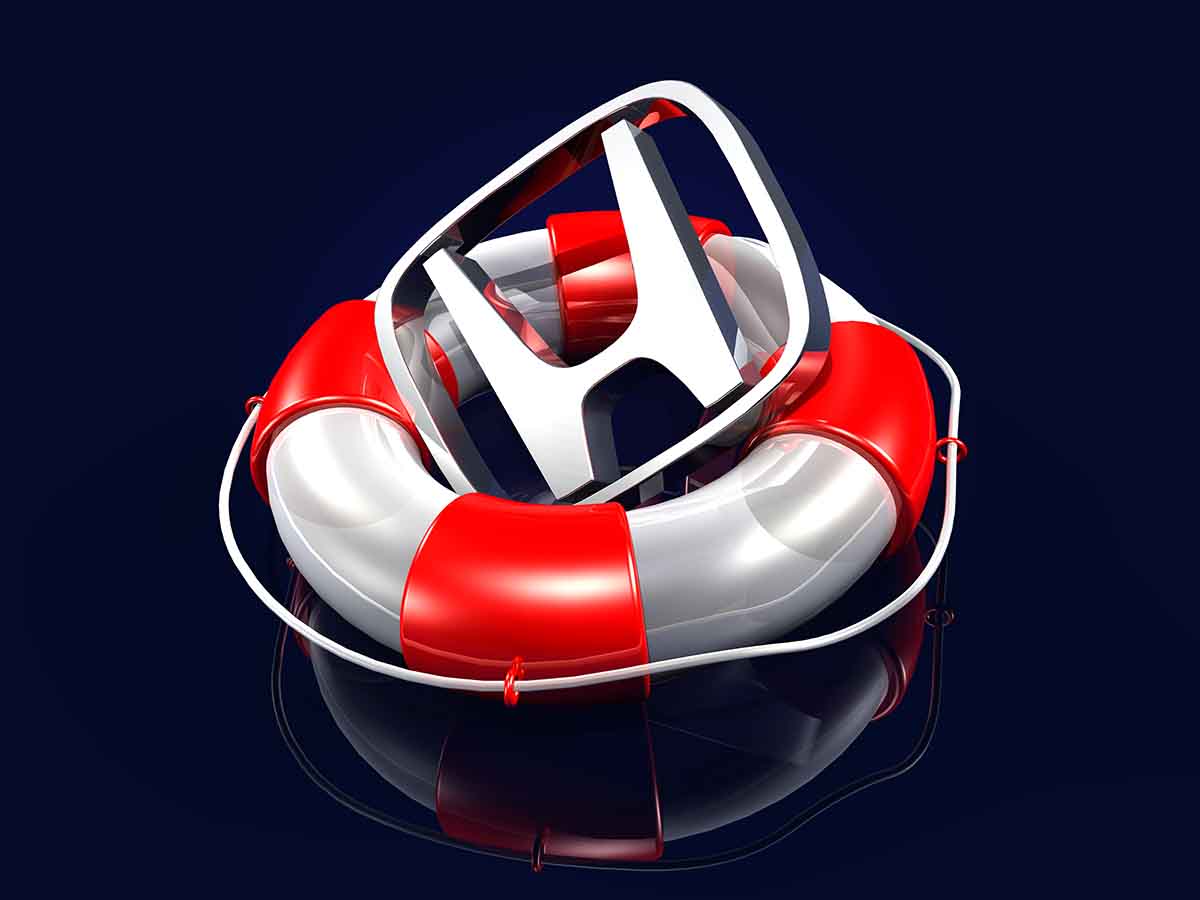The Honda HR-V is an increasingly popular subcompact SUV crossover. It’s reasonably priced, offers good fuel economy, and has ample cargo room. Though the Honda HR-V is one of Honda’s best-selling SUVs, it has received a handful of really juicy customer complaints such as:
- Uncomfortable seating
- Poor-quality paint
- Defective window gaskets
What problems does the Honda HR-V have?
Good news: many common complaints about the Honda HR-V aren’t serious. Here are the top three complaints (followed by the least common ones).
1. Seat discomfort
2016 was the model year that received the most complaints about seat discomfort. Several drivers reported developing back or joint problems as a result of the uncomfortable seats. A common theme among complaints was the need to endlessly readjust the driver’s seat.
If you’re thinking of purchasing a Honda HR-V, the only way to learn if the seats work for you is to take one out for a test drive.
However, keep in mind that uncomfortable seats are common problem for small SUV’s.
2. Low-quality paint
Another top complaint about the Honda HR-V is regarding its paint. According to several customers, the paint chipped or even bubbled after only a short period. Some individuals reported severe unprecedented paint damage after a few years, such as large portions of paint peeling off at a time.
Not only is this a problem with many Honda vehicles (see my list of 2010 Honda Fit problems), it’s a bigger issue with Japanese cars in general IMHO. For example, I had plenty to say about it in my overview of Mitsubishi Outlander problems.
While a vehicle’s paint job is a cosmetic issue, it can also be costly. Average costs are between $6,000 and $10,000.
3. Defective window gaskets
The third most common complaint from Honda HR-V owners is dealing with loose or dislodged window gaskets. Window gaskets are the rubber sealants that line the perimeter of the car’s windows. These protect from the weather and elements and are typically self-locking.
Replacing window gaskets costs an average of $100 (for all four components). However, if you ignore them and don’t get them replaced, it may lead to the possibly of damaging the glass.
Less commonly reported problems
Other Honda HR-V problems include transmission and electrical system issues, as well as premature rusting. These are rare compared to the top three problems, but are still worth mentioning.
Electrical System Problems
Electrical system failures include minor problems with sensors and issues with stability control. These glitches can be costly. For example, replacing a stability control device costs around $1,500.
Transmission Problems
There have been a few reports from owners claiming their Honda HR-Vs lost power and slowed down on the highway, as well as exhibiting vibration.
These are common complaints about several other vehicles as well (it’s one of the problems with the Mazda CX-5 actually). It seems to be reported much less for the Honda HR-V. Additionally, the models with the most problems are from earlier years, 2015-2018.
Premature rusting
A few owners reported seeing rust earlier than expected. Additionally, some claimed that the Honda HR-V develops rust sooner than other SUVs. Exposure to the elements will play a significant role here regardless.
Is the Honda HR-V reliable?
“Reliable” will mean different things to different people. We all want a vehicle that won’t malfunction despite proper care, right? I generally consider the HR-V to be more reliable than most other vehicles in its class. I’ve seen some very poorly maintained CR-V’s roll through my shop over the years, and they all tend to hold up well to abuse.
No Honda is perfectly reliable though. I highly recommend reading my overview of Honda Pilot problems to compare how the CR-V holds up.
Craftsmanship
Though Honda has built a reputation for using quality materials in their manufacturing, the HR-V has a mix of both high-quality and poor quality materials. For example, one of the most notorious quality issues with Honda HR-V models is the paint.
- Despite seeming like a quality vehicle overall, the paint and plastics used on some of the vehicle’s components have comprised the bulk of consumer complaints.
- Additionally, issues with the vehicle’s computer system have also been reported, though not as commonly. If having a high-tech vehicle is important to you, this may present a significant downside.
Ownership costs
The cost of ownership for a car covers several aspects: fuel economy, depreciation, and maintenance. When you’re thinking of purchasing a car, you may be enticed by affordable prices attached to new models. However, doing some math is warranted.
The value of your car will also decrease the longer you own it. The rate at which it loses value is depreciation. To calculate depreciation, you can subtract the current market value for the car from its initial value when you purchased it. This number is impacted by any accidents you had, as well as mileage or any damage sustained.
Different car models will depreciate at different rates, though the Honda HR-V seems to hold it’s value well compared to it’s competitors. To find the current market value of the specific HR-V you’re looking to buy, consult the Kelley Blue Book.
Maintenance
Based on what I’ve been able to find, annual maintenance costs for a Honda HR-V average $301. By looking at consumer reports, you can calculate how much it will cost to repair the most common problems.
Insurance
Based on my research, the average cost of insuring a Honda HR-V is approximately $55 higher than insuring other compact SUVs.
What is the life expectancy of a Honda HR-V?
Based on what I’ve seen, a Honda HR-V will last an average of 200,000 miles. This is a high number, but it will change depending on how you treat the car. If you’re an aggressive driver or someone who prefers high speeds, you may not get 200,000 miles. You also have to consider how well you maintain your Honda HR-V.
Another aspect of the Honda HR-V’s lifespan to consider is how soon it will rust. A few owners reported rusted panels after a few years of owning the car. Some reports even described seeing rust appear in the first year of ownership. Keep in mind that factors such as regional weather conditions and storage can accelerate rust, however.
When compared to other compact SUVs, the Honda HR-V tends to last longer. For example, Buick Encore problems are severe enough that owners can only average around 150,000 miles of use before it has to be junked. That said, many other competing vehicles, such as the Chevrolet Trax, have about the same life expectancy as the Honda HR-V.
Recalls
Fortunately, despite reports of several issues, the Honda HR-V has had few recalls over the years. This is in stark contrast to other small SUV’s in the Honda lineup. For example, my list of Honda CR-V problems included an excessively long list of recalls. There was basically a recall for every model year.
In contrast, the number of HR-V recalls have been relatively few:
2015- 2016
Recalls for the Honda HR-V 2015 and 2016 models included missing a tire placard and coating on rear brake caliper pistons.
2017-2019
Honda HR-V problems that resulted in recalls for these years included the formation of gas pockets and reduced brake performance. Additionally, the rear brake caliper piston missing coating was a concern that reemerged in 2017.
2020
In 2020, recalls for the Honda HR-V were related to low-pressure fuel pumps which resulted in fuel tank failure.






